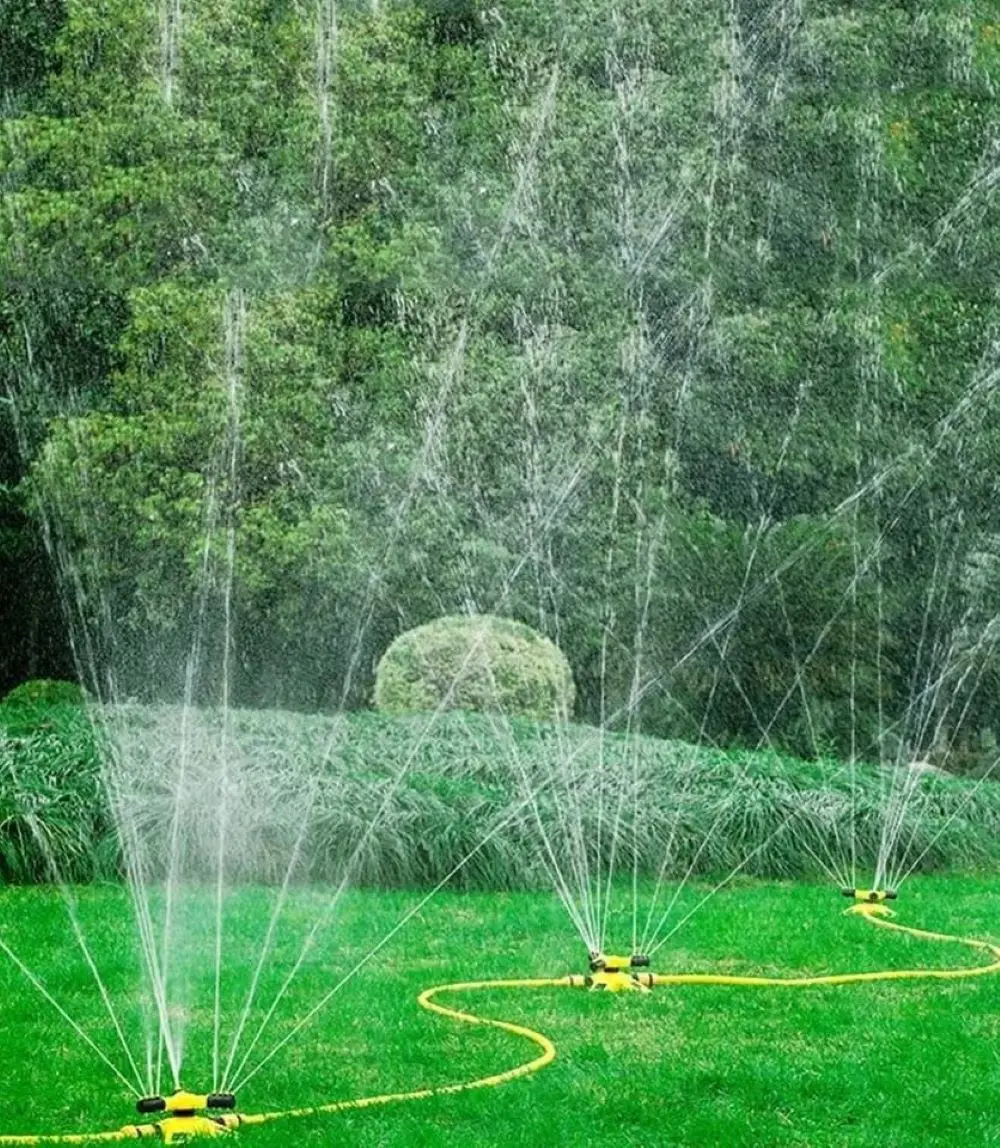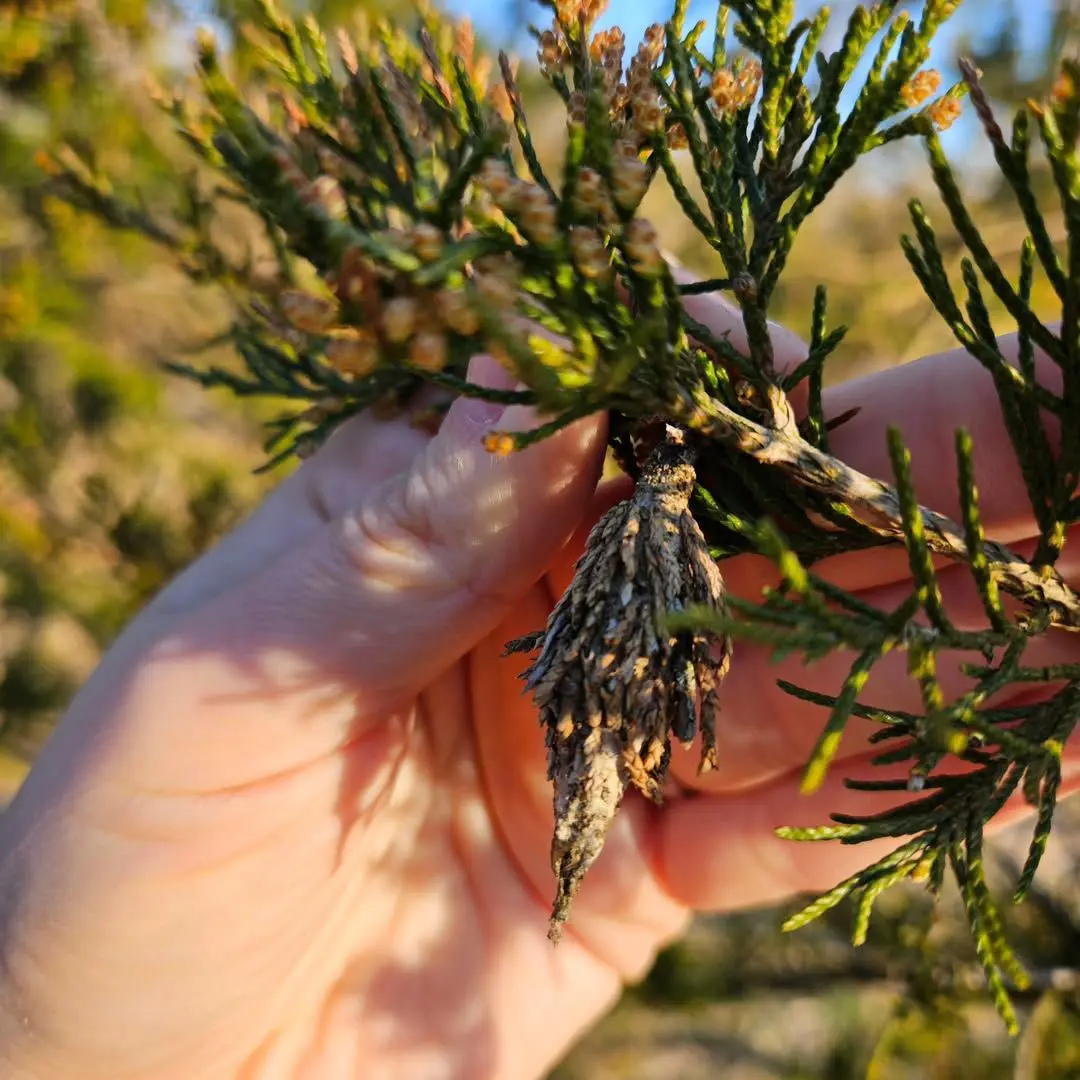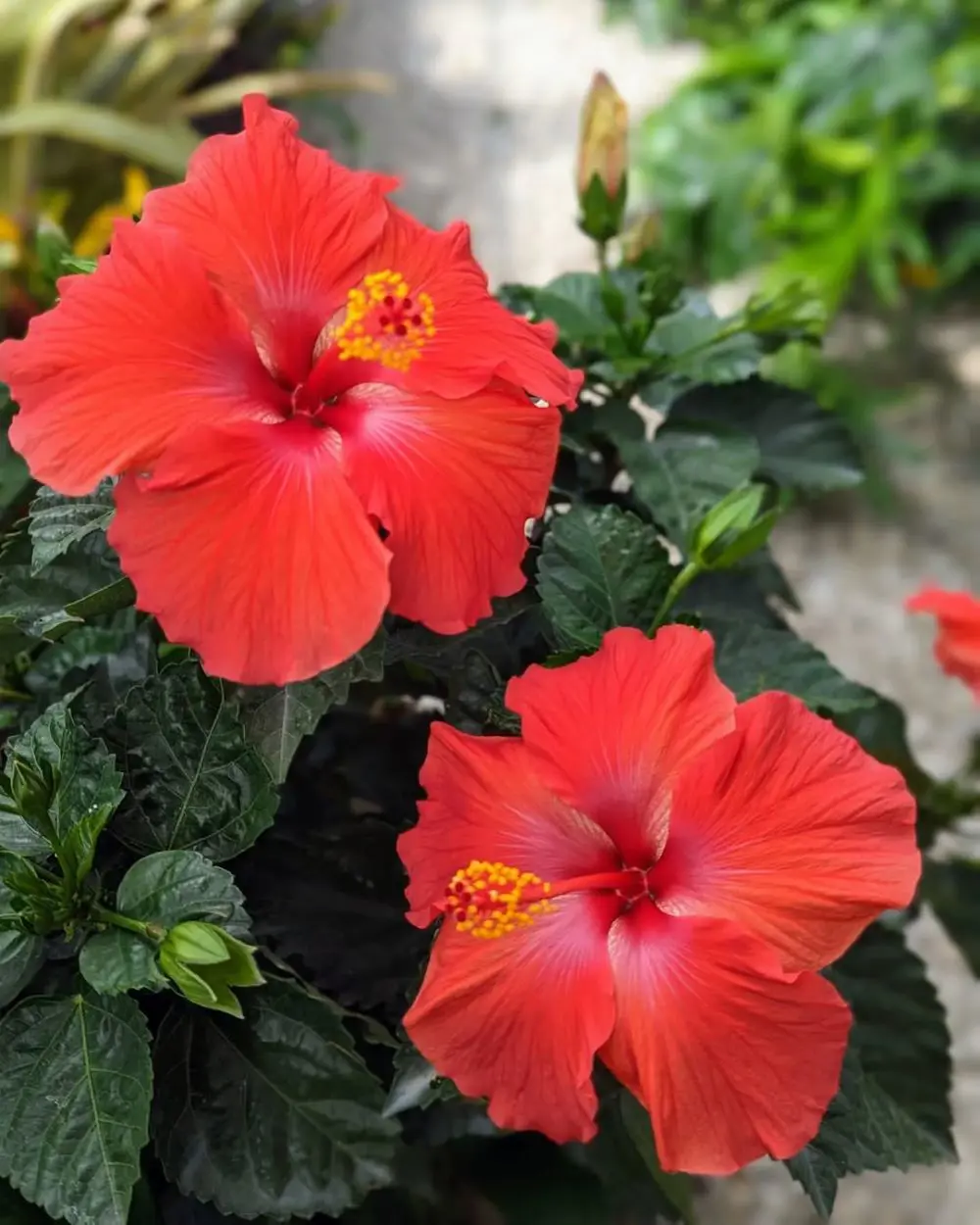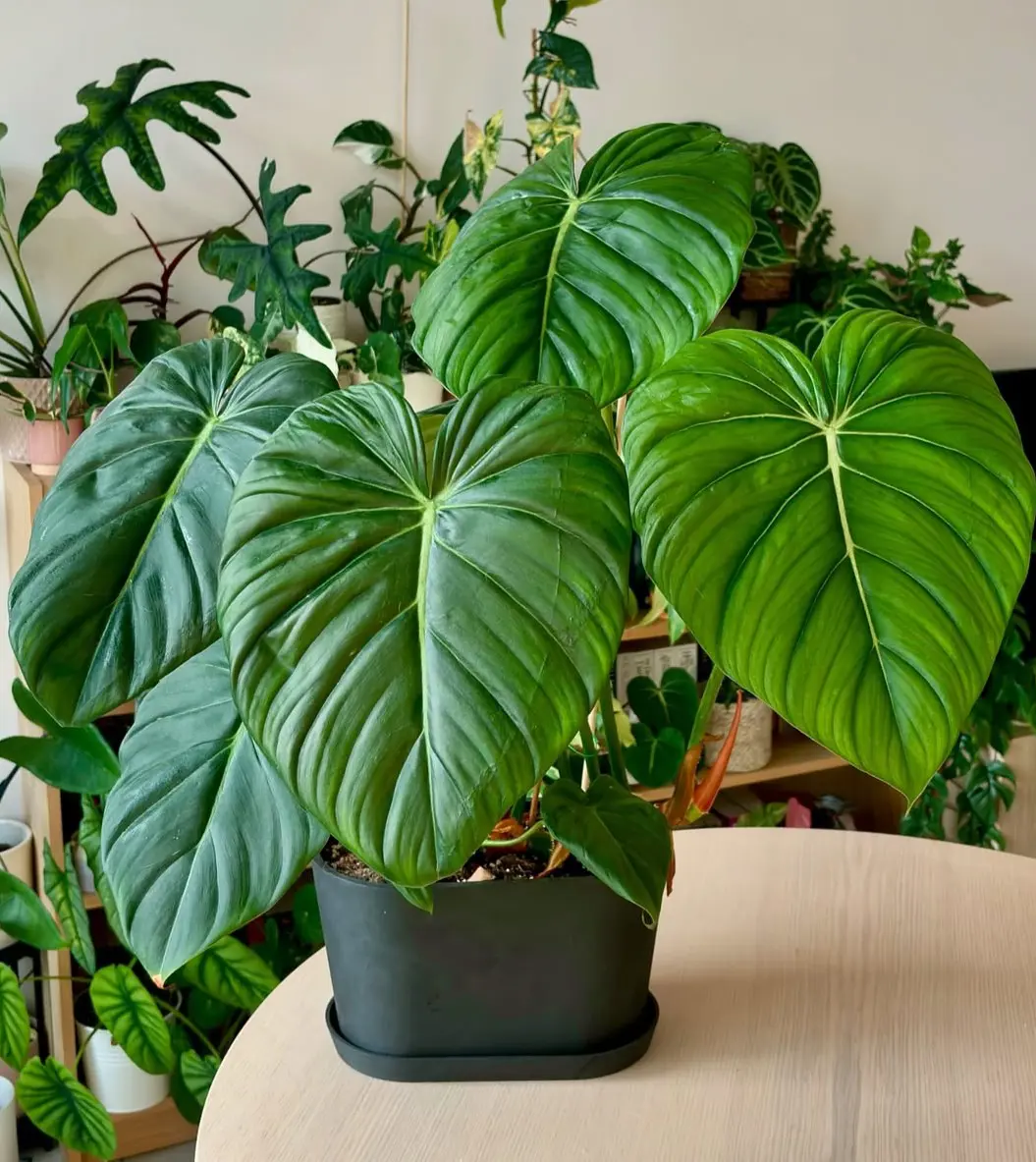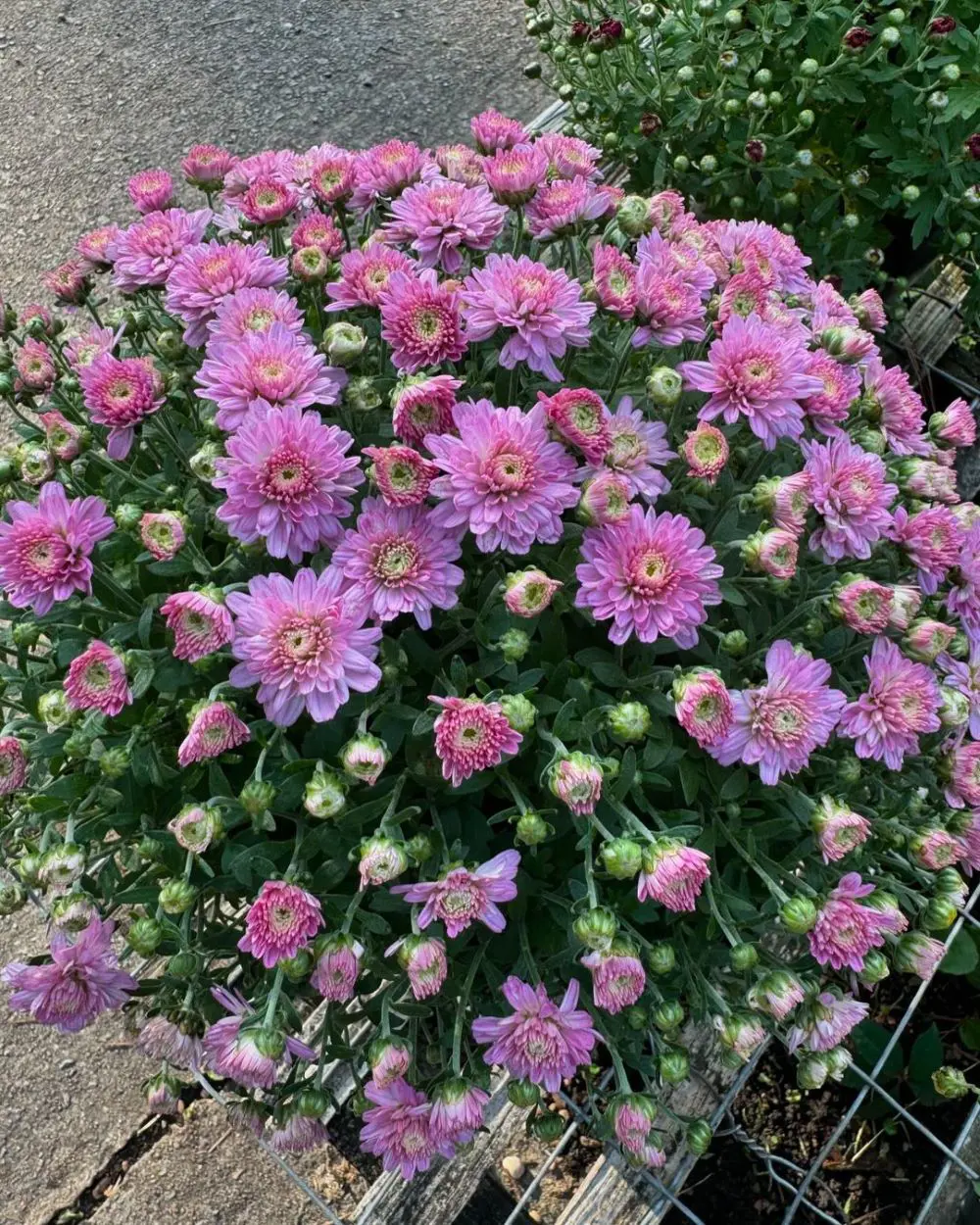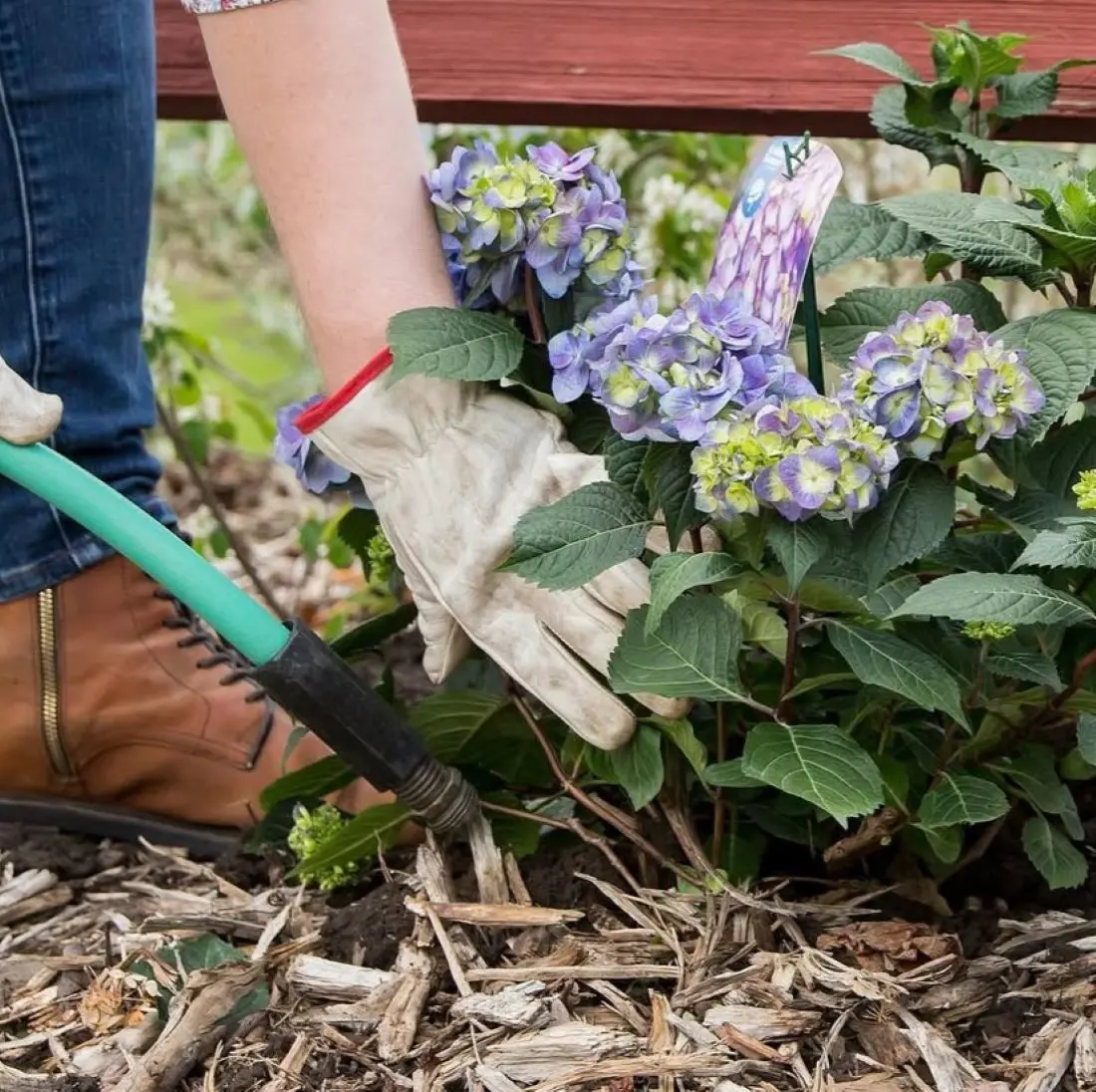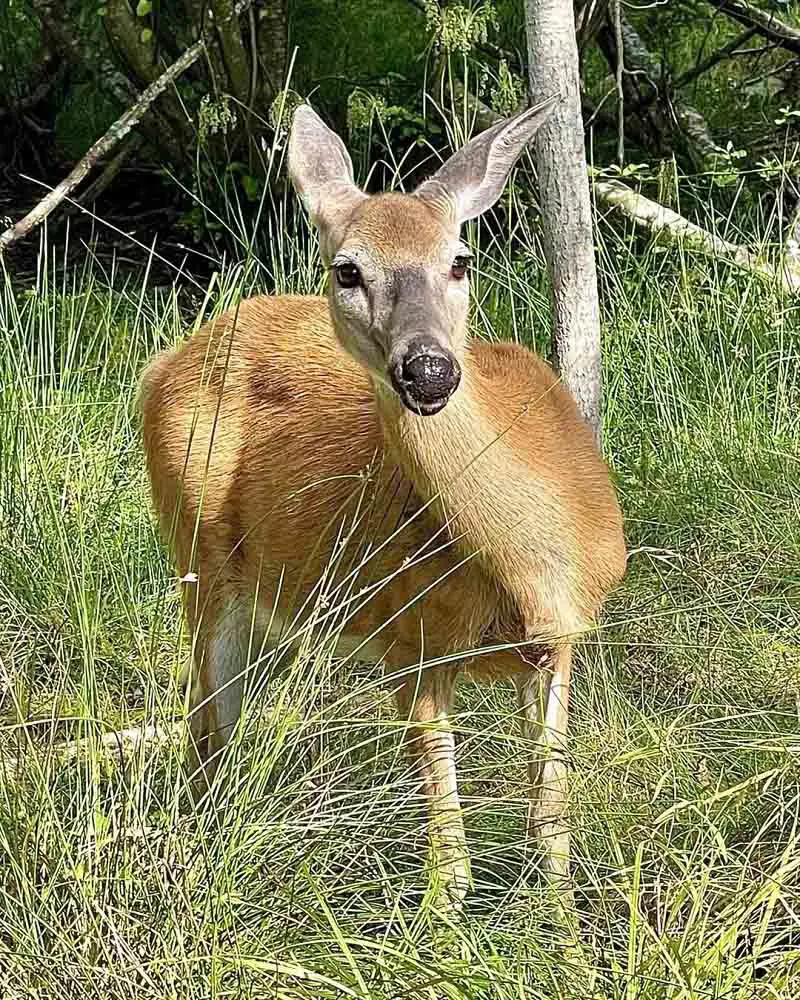Bush lilies, also known as Clivia, are stunning flowering plants that add vibrant color to any garden or indoor space. Native to South Africa, these hardy plants are appreciated for their lush foliage and striking blooms.
Whether you're a seasoned gardener or a beginner, this comprehensive guide will help you successfully grow and maintain your bush lilies.
In this guide, we'll explore essential tips for bush lily care, from planting and watering to light requirements and pest control.
Overview of Bush Lily (Clivia miniata)
Origin and Habitat
Bush Lilies, also known as Clivias, originate from the woodland areas of South Africa. They grow naturally in the shaded underbrush, which informs their preference for indirect light and cooler temperatures compared to many other flowering plants.
Understanding their natural habitat can help you replicate these conditions at home, whether you're growing them indoors or in a garden.
Physical Characteristics
Bush Lilies are perennial plants characterized by their strap-shaped, dark green leaves and dense, umbrella-like clusters of tubular flowers. These flowers typically bloom in shades of orange, red, and yellow, creating a vivid contrast against the lush foliage.
The plants can reach up to 45 cm (18 inches) in height, with leaves extending up to 60 cm (24 inches) long. The flowers appear in late winter to early spring, making them a perfect plant to brighten up the colder months.
Growing Bush Lilies

Choosing the Right Location For Planting
When selecting a location for your Bush Lily, consider the following:
- Light: Bush Lilies thrive in bright, indirect light. Too much direct sunlight can scorch their leaves, while too little light can inhibit blooming. A north-facing window indoors or a shaded spot in the garden is ideal.
- Temperature: These plants prefer cooler temperatures, ideally between 10-15°C (50-59°F) during the night and not exceeding 24°C (75°F) during the day. Avoid placing them near drafts or heat sources.
Soil Requirements
Bush Lilies require well-draining soil to prevent root rot. A mix of potting soil with sand or perlite works well. They also appreciate organic matter, so incorporating compost can help provide the nutrients they need.
Planting Process
- Pot Selection: Choose a pot with drainage holes. Bush Lilies prefer being slightly root-bound, so don’t overpot them.
- Soil Preparation: Fill the pot with your prepared soil mix.
- Planting Depth: Plant the Bush Lily so that the base of the leaves is just above the soil line.
- Watering: Water the plant thoroughly after planting, allowing excess water to drain away.
Propagation Methods
Division
The most common method of propagating Bush Lilies is by division:
- Timing: The best time to divide Bush Lilies is after flowering, in late spring or early summer.
- Process:
- Remove the plant from its pot and gently separate the offsets (smaller plants) from the parent plant, ensuring each offset has roots attached.
- Plant the offsets in separate pots with the same soil mix used for mature plants.
- Water the new plants well and place them in a bright, indirect light.
Seed Propagation
Bush Lilies can also be grown from seeds, although this process is slower and more challenging:
- Harvesting Seeds: Collect seeds from the berries of mature plants once they are fully ripe.
- Planting Seeds: Sow the seeds in a well-draining seed starting mix, barely covering them with soil.
- Germination: Keep the soil moist and place the container in a warm, bright location. Germination can take several weeks to months.
- Transplanting: Once the seedlings have developed a few leaves, they can be transplanted into individual pots.
Growing Bush Lilies Outdoors
Ideal Outdoor Conditions
Bush Lilies can be grown outdoors in mild climates where temperatures do not drop below freezing. They prefer shaded or partially shaded locations and well-draining soil.
Planting in the Garden
- Site Selection: Choose a shaded spot protected from direct sunlight and strong winds.
- Soil Preparation: Amend the soil with compost to improve drainage and fertility.
- Planting: Plant the Bush Lily at the same depth as it was in the pot, spacing multiple plants about 30 cm (12 inches) apart.
- Watering: Water thoroughly after planting and keep the soil consistently moist but not waterlogged.
Seasonal Outdoor Care
- Spring and Summer: Maintain regular watering and feeding schedules. Protect the plant from extreme heat and direct sunlight.
- Fall and Winter: Reduce watering as the plant enters dormancy. Mulch around the base to protect the roots from cold.
Caring For Bush Lilies

Watering and Fertilizing
Watering Guidelines
Bush Lilies require moderate watering. Allow the top inch of soil to dry out between waterings. Overwatering can lead to root rot, so ensure the pot has good drainage and never let the plant sit in water.
Fertilizing Schedule
Fertilize Bush Lilies every two weeks during the growing season (spring and summer) with a balanced liquid fertilizer diluted to half strength. In the fall and winter, reduce feeding to once a month. Too much fertilizer can cause leaf burn and inhibit flowering.
Light and Temperature
Light Requirements
Bush Lilies thrive in bright, indirect light. They can tolerate low light conditions, but this may reduce flowering. Avoid direct sunlight, especially in the hottest part of the day, as it can scorch the leaves.
Temperature and Humidity
These plants prefer cooler temperatures, thriving best between 10-24°C (50-75°F). They can tolerate short periods of slightly higher temperatures but should be protected from prolonged exposure to heat. Humidity should be moderate; avoid overly dry or humid environments.
Seasonal Care
Winter Care
In winter, Bush Lilies enter a dormant period. Reduce watering and stop fertilizing during this time. Keep the plant in a cool, bright location, ideally around 10-15°C (50-59°F). This rest period is crucial for encouraging flowering in the next growing season.
Spring and Summer Care
As temperatures warm up, gradually increase watering and resume fertilizing. This is the period of active growth and flowering, so ensure the plant gets plenty of indirect light and is kept in optimal conditions.
Pruning and Maintenance
Pruning Tips
Pruning is not typically necessary for Bush Lilies, but you can remove dead or yellowing leaves to keep the plant looking tidy. After the flowers fade, you can cut the flower stalks back to the base.
Maintenance Practices
- Repotting: Bush Lilies prefer to be slightly root-bound, so repotting is only necessary every 2-3 years. When repotting, choose a pot only slightly larger than the current one.
- Cleaning: Wipe the leaves with a damp cloth to remove dust and allow the plant to photosynthesize more efficiently.
Pest and Disease Management
Common Pests
Bush Lilies are generally resistant to pests, but they can occasionally be affected by:
- Mealybugs: These appear as white, cottony masses on the leaves and stems. They can be removed with a cotton swab dipped in alcohol.
- Scale Insects: These small, brown pests can be treated with insecticidal soap or neem oil.
Common Diseases
- Root Rot: Caused by overwatering and poor drainage. Prevent by ensuring proper watering practices and well-draining soil.
- Leaf Spot: This fungal disease causes brown spots on the leaves. Improve air circulation around the plant and avoid overhead watering to prevent it.
Flowering and Bloom Management
Encouraging Blooms
To encourage blooming, provide a cool rest period in winter with reduced watering. Ensure the plant receives bright, indirect light and is not overfed. Repotting every few years can also stimulate flowering by reducing root congestion.
Post-Flowering Care
After the flowers fade, cut the flower stalks back to the base. Continue regular care routines to keep the plant healthy and prepare it for the next flowering cycle.
Common Problems
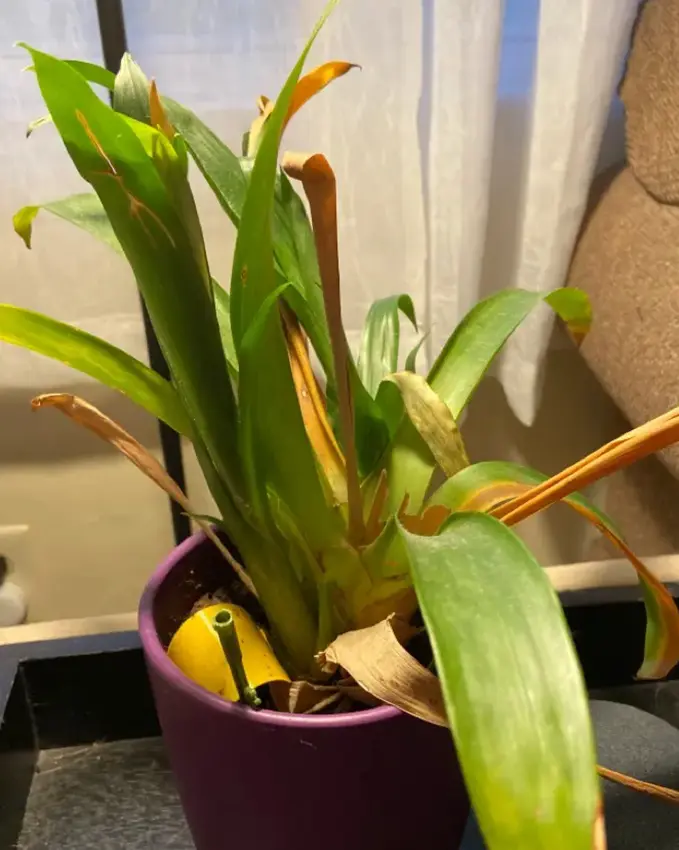
Yellow Leaves
Yellow leaves can be a sign of overwatering, underwatering, or insufficient light. Check the soil moisture and adjust your watering schedule. Ensure the plant receives adequate indirect light.
Lack of Blooms
If your Bush Lily is not blooming, it may be due to insufficient light, too much fertilizer, or the absence of a cool winter rest period. Adjust these conditions to encourage blooming.
Leaf Scorch
Brown or scorched leaf tips can result from too much direct sunlight or fertilizer burn. Move the plant to a shadier location and ensure you are diluting the fertilizer correctly.
Benefits of Bush Lilies
Aesthetic Appeal
Bush Lilies are prized for their striking, long-lasting flowers and lush, green foliage. They add a touch of tropical elegance to any indoor or outdoor space.
Low Maintenance
These plants are relatively low maintenance, making them suitable for both novice and experienced gardeners. Their resilience and adaptability to various conditions make them an excellent choice for adding beauty to your home with minimal effort.
Air Purification
Like many houseplants, Bush Lilies can help purify the air by removing toxins and improving indoor air quality, contributing to a healthier living environment.
FAQs
1. How often should I water my Bush Lily?
Bush Lilies prefer moderate watering. Allow the top inch of soil to dry out between waterings. Overwatering can lead to root rot, so ensure the pot has good drainage and never let the plant sit in water.
During the growing season (spring and summer), water more frequently, but reduce watering in the fall and winter when the plant enters its dormant period.
2. Why are the leaves of my Bush Lily turning yellow?
Yellow leaves can indicate several issues, including overwatering, underwatering, or insufficient light. Check the soil moisture level and adjust your watering schedule accordingly.
Ensure the plant is receiving bright, indirect light. If the plant is in direct sunlight, move it to a shadier spot as too much direct sun can also cause yellowing.
3. How can I encourage my Bush Lily to bloom?
To encourage blooming, ensure your Bush Lily gets a cool rest period in winter with reduced watering. Place the plant in a bright, indirect light location and avoid overfeeding.
Repotting the plant every few years can also help stimulate blooming by reducing root congestion. Additionally, maintaining optimal temperature and humidity levels can support the plant's natural blooming cycle.
4. What type of soil is best for Bush Lilies?
Bush Lilies require well-draining soil to prevent root rot. A mix of potting soil with sand or perlite works well.
Adding organic matter such as compost can also provide the necessary nutrients for healthy growth. When planting or repotting, ensure the soil mix promotes good drainage and aeration.
5. Can Bush Lilies be grown outdoors?
Yes, Bush Lilies can be grown outdoors in mild climates where temperatures do not drop below freezing. They prefer shaded or partially shaded locations and well-draining soil.
When planting in the garden, choose a spot that is protected from direct sunlight and strong winds. Water thoroughly after planting and maintain consistent moisture, especially during the growing season.
6. How do I propagate my Bush Lily?
Bush Lilies can be propagated through division or from seeds. The most common method is by division:
- Division: After flowering, remove the plant from its pot and gently separate the offsets (smaller plants) from the parent plant, ensuring each offset has roots attached. Plant the offsets in separate pots with the same soil mix used for mature plants and water well.
- Seed Propagation: Collect seeds from the berries of mature plants once they are fully ripe. Sow the seeds in a well-draining seed starting mix, barely covering them with soil. Keep the soil moist and place the container in a warm, bright location. Germination can take several weeks to months. Once the seedlings have developed a few leaves, they can be transplanted into individual pots.

